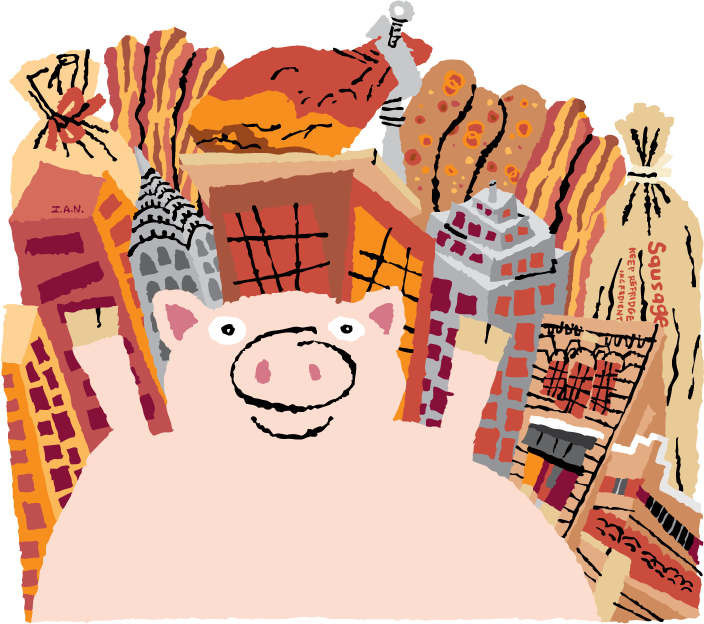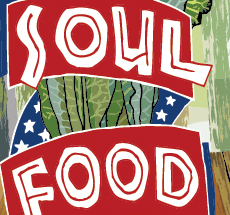
An Insightful Examination of Pork and the Presidency!
Getting a bit jaded by election politics? Ready for a fresh perspective? Like history, love to laugh, appreciate good food? This article is for you! Adrian Miller will be presenting at this year’s 7th Annual Camp Bacon®. His subject: “Pork: The Perennial Dark Horse Presidential Candidate.” I’m forecasting it will help put some of those […]
Read more »

Zingerman’s Art for Sale